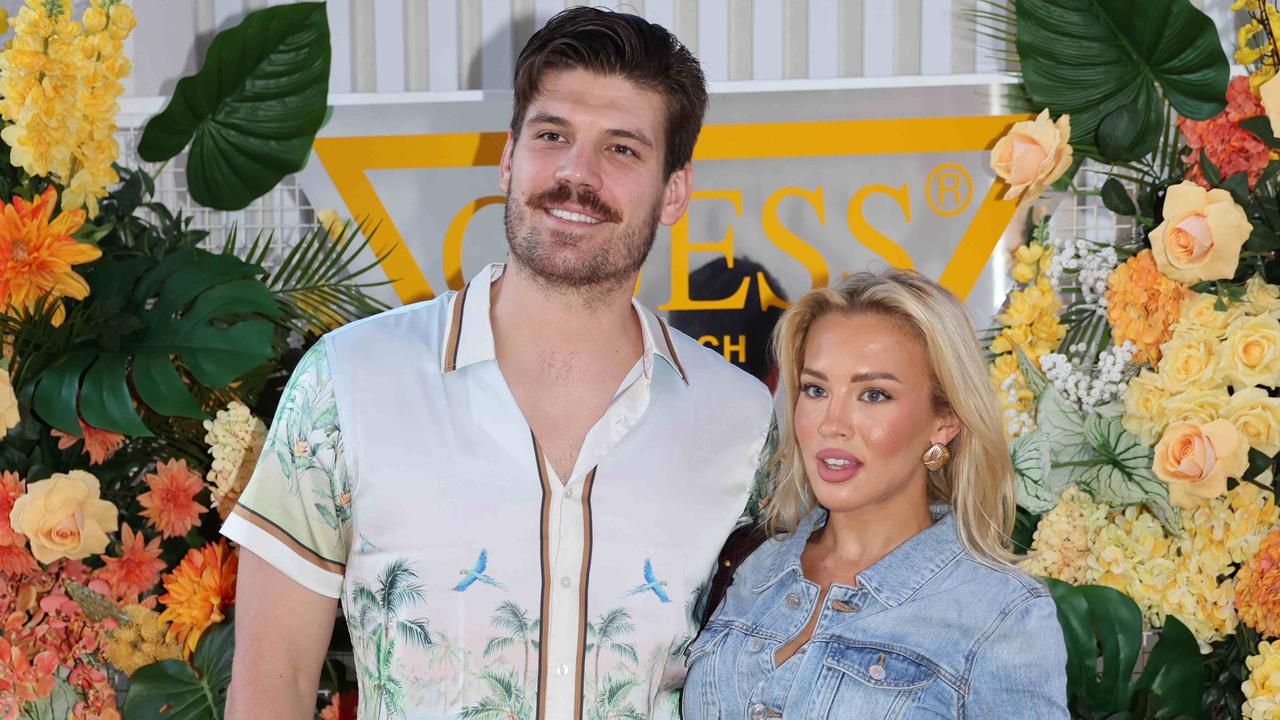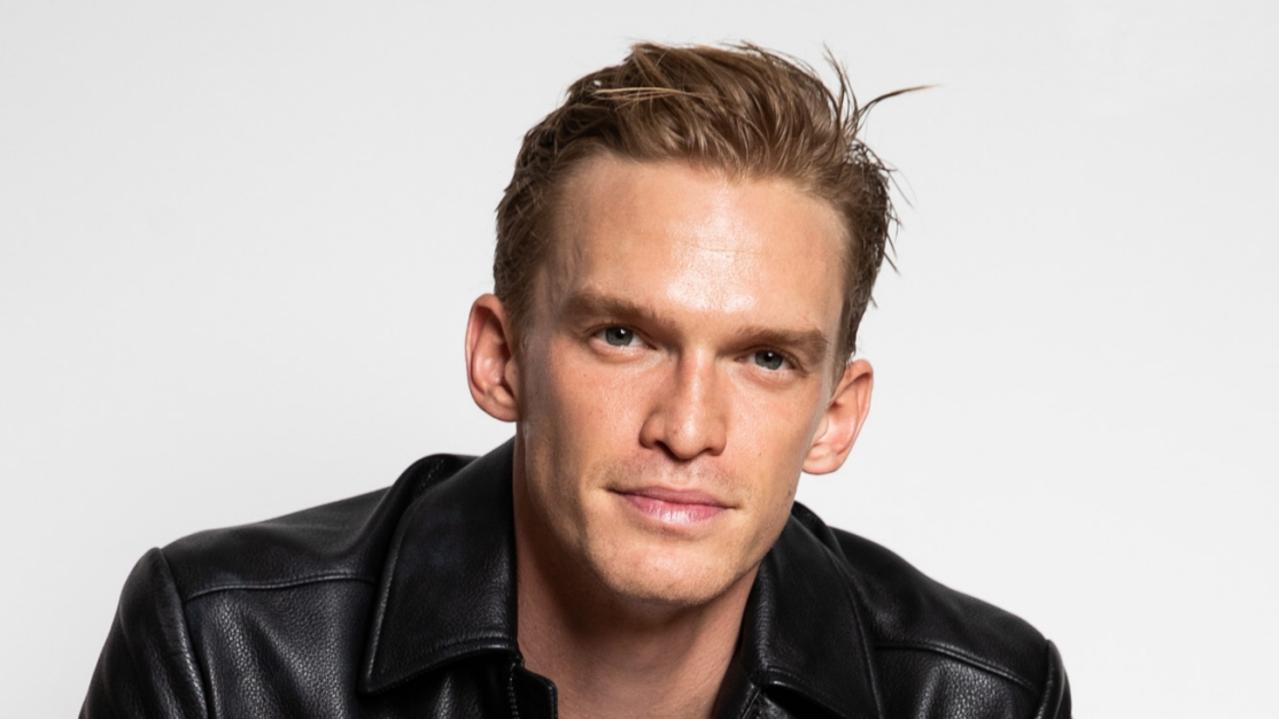‘Recession Brunette’: How cost of living is colouring our hair
Say what you like about fashion trends, but hair and hemlines can tell you a lot about the economy. ‘Recession brunette’, last seen around 2008, is back.
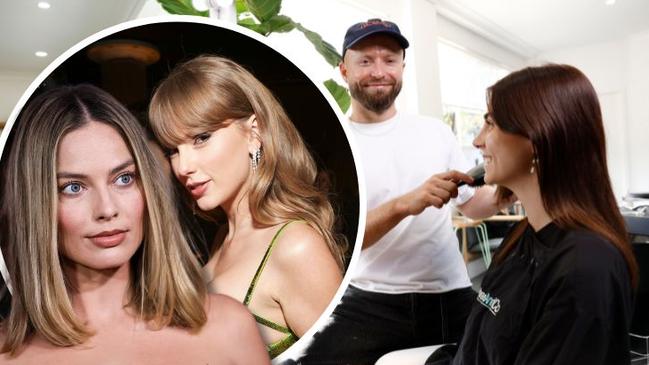
Confidential
Don't miss out on the headlines from Confidential. Followed categories will be added to My News.
Australian women are ditching expensive blonde highlights and going ‘recession brunette’ amid the ongoing cost of living crisis.
“We have absolutely seen an increase in requests for Recession Brunette at the salon,”
Edwards and Co. Master Colourist and Hairstylist Craig Walker told The Daily Telegraph.
“Blonde is a super difficult colour to maintain and requires lots of time and financial commitment.”
With interest rates, grocery bills, and almost every other cost of living soaring, Sydney stylists say their clients are returning to more natural colours to stretch out the time in-between their appointments.
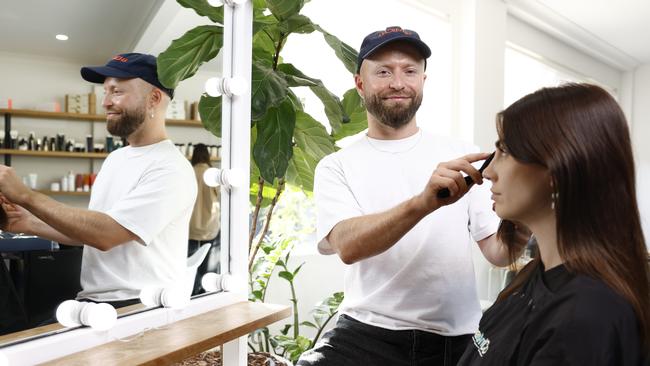
A full head of highlights can cost anywhere between $300 and $700 in Sydney’s city centre, and requires touch ups every six to eight weeks.
“Everyone is very busy and with the cost of living always on the rise, clients are opting for low maintenance ‘lived-in colours’ that require minimal effort but are equally impactful, such as sparkly or glassy brunette,” Walker said.
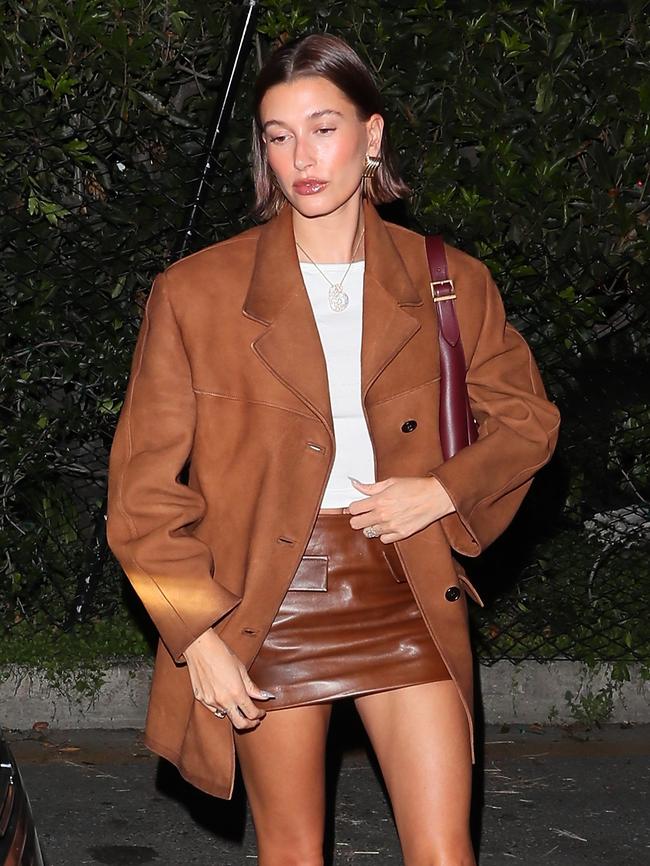
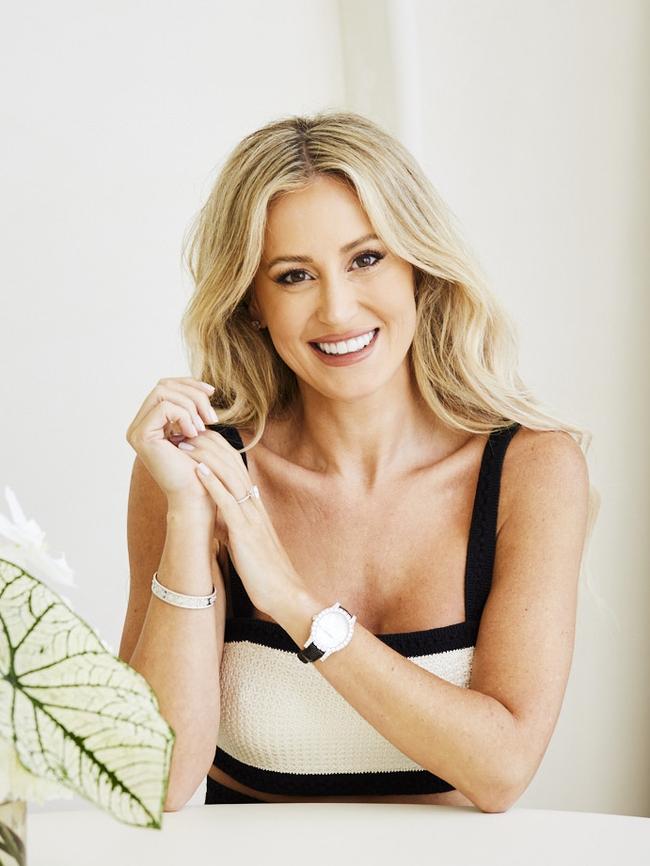
The Edwards & Co franchise is owned by Jaye Edwards, who has been named Hairdresser of the Year and has seven salons across Sydney, Melbourne, the Gold Coast, Brisbane and Byron Bay.
Its often referred to in listicles with titles like: ‘Where to Get the Bondi Blonde’ and boasts clients like Lara Worthington, Mia Freedman, Zoe Foster Blake, Bree McCann, Isabelle Clark, Rowi Singh and Jordan Simek.
Multi-millionaire PR maven Roxy Jacenko revealed last November that she’d taken an 8 hour flight form Singapore to just to have her blonde touched up the Surry Hills flagship.
But for the masses, Barbie blonde breaks the budget.
“Lived in blonde was popular because it had softer roots and would look great for three months,” Edwards and Co. colour transformation specialist Karl Dawson said.
“Now, clients want lowlights and natural colours so they can really go six months.”
Status Co. salon owner Jules Robinson said her Barangaroo stylists had also “seen a definite pivot from platinum blondes to warmer tones and shades.”
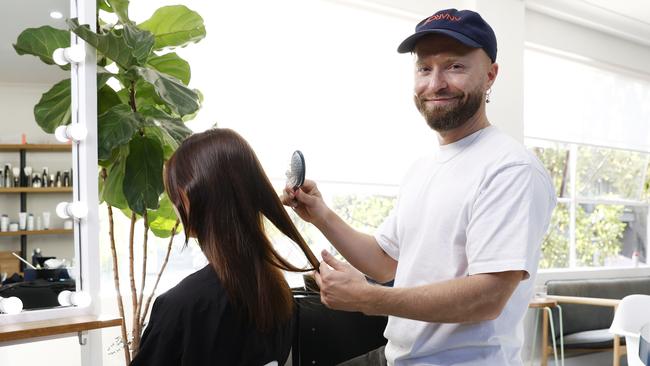
Recession hair doesn’t have to mean giving up blonde completely, she said, but people are opting for darker shades “where maintenance isn’t so high and costly,” Robinson said.
In other words, recession brunette is the new hemline index.
The hemline index theory suggests the average skirt length rises and falls with stock prices, with the current economic state reflected in popular trends as much as it is on the grocery shelves.
In the 1920s and 1960s, when the US economy was flourishing, skirts got shorter. While, after the Wall Street Crash in 1929, skirts got longer.
Millennials will remember more flexible balayage hairstyles came into fashion during the Great Recession between 2008 and 2010, with the popularity of dark roots and lighter ends allowing for low maintenance.
Do you have a story for The Daily Telegraph? Message 0481 056 618 or email tips@dailytelegraph.com.au



